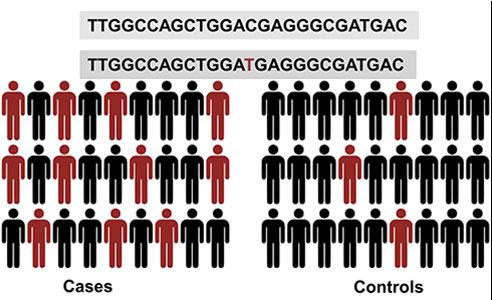Topics
Fruit flies can help solve complex genetic diseases

In a review published in the journal Disease Models & Mechanisms, Drs. Joshua Shulman and Michael Wangler, investigators at the Jan and Dan Duncan Neurological Research Institute (NRI) at Texas Children’s Hospital and faculty at Baylor College of Medicine argue that fruit flies are one of the best biological tools to decipher complex genetic disorders.
Over the past few decades, rapid advances in genomic technology have made it very easy to sequence entire genomes (genetic blueprint) of individuals to find variants that are responsible for most complex genetic diseases.
However, unlike single-gene Mendelian disorders, it is very hard to tease out the etiology of complex genetic disorders because they can result from subtle changes in many different genes. Moreover, each of these variants individually show only modest effects and more importantly, many non-genetic factors such as age and environmental exposures also increase the susceptibility of individuals to develop complex disorders.
Researchers use human genome-wide association (GWAS) studies, which is the comparison of the genome-wide set of genetic variants in different individuals, to identify the variants that are associated with complex diseases or traits.
Despite the impressive success rate of GWAS in isolating genomic regions that increase an individual’s risk for developing many major diseases, few discoveries have been translated clinically to therapies. There are many reasons for this enormous gap between identifying a causative genomic region to finding a cure.
A genomic risk locus typically consists of many gene candidates, which individually or in combination, could cause a disease. So, the first step is to definitively narrow down to a short-list of promising candidate causative gene(s).
The authors argue that in cases like these, simple animal models such as fruit flies, can prove extremely valuable for rapidly pinpointing the genes responsible for complex disease, and understanding their mechanisms. This is because the genome of flies has been thoroughly characterized and extensive genetic tools are available for functional analysis.
The authors urge for closer dialogue and collaborations between human geneticists, who typically lead GWAS studies, and basic fly biologists who are expert in the dissection of genetic mechanisms.
In recent years, the authors, who are themselves physician-scientists, and other researchers at the NRI have engaged in many such fruitful collaborative studies. They are passionate advocates of this integrated approach because it can accelerate the pace of discovery and lead to novel therapies much more quickly than using traditional approaches.





